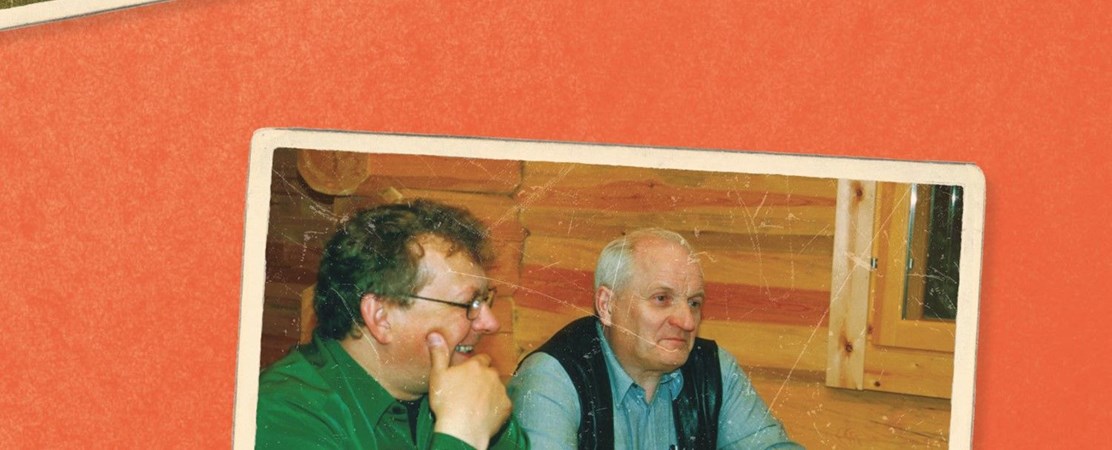Strengthening Indigenous Engagement in UArctic

By Jan Henry Keskitalo, JAN HENRY KESKITALO, Former Vice-President Indigenous, UArctic and Johan Daniel Hætta, Former Member of the Council of UArctic
This article focuses on our experiences of the early years of UArctic. We participated in central but different roles in the network: one as an institutional representative and a member of the Interim Council, continuing after the inauguration, and also serving in the Membership Committee; and the other as a member of the Board of Governors. We participated in the (at that time) more loosely formed Indigenous Issues Committee as well as in thematic networking of different kind.
The governments, the Arctic Council – including the indigenous Permanent Participants – and the Arctic Parliamentarians required that the needs of indigenous peoples and the integration of indigenous peoples in all processes be essential in the development, planning and operations of UArctic. Key indigenous institutions and organizations supported the idea, but with clear expectations.
Working at an institution dedicated to fulfilling the core needs for Sámi higher education, our experiences were and are flavored with a Sámi perspective. Serving in our respective UArctic roles we entered a sphere of all-indigenous issues and responsibilities. We set off with many years of experience from different indigenous networks as well as linguistic minority networking nationally and internationally.
Having been institutional leaders for many years, our Sámi perspective told us that small institutions had to fight on many fronts to survive. At our own institution the idea of UArctic was welcomed, but not unconditionally. There were many concerns. How would our voices be recognized? Would small institutions become players of significance? How relevant would UArctic become for indigenous development? In other words, strengthening indigenous engagement had many facets as we set off.
We considered our roles in UArctic important in moving the network towards adequate contributions to indigenous peoples of the Arctic. This had to include respecting indigenous views on needs; involving indigenous regions and communities through their institutions and organizations in a respectful and reciprocal manner; and finding respectful and relevant ways of delivering education and organizing research. We remember issues such as the use and integration of traditional indigenous knowledge, engaging with indigenous communities, and reaching out to communities with relevant and adequate programs as crucial elements and also expectations from manifold indigenous voices and communities.
Already in the initial stages engagement meant a need to develop positive and up-to-date recognitions and action statements into UArctic governance documents, Thematic Networks, program development as well as student exchange policies. Issues of indigenous control of education, when raised, often had to be answered by national authorities and locally at each institution. UArctic had no authority to override
principles of established policies. Rather, the engagement would consist of finding flexible and smooth ways of action to get indigenous
principles integrated on a broader front.
In most cases, we saw this process respectfully welcomed and managed. On the other hand, the critical issue became to identify core players and adequate funding for initiatives. When activities like the VERDDE student mobility program became established, along with other thematic initiatives, we felt we were on the right track. We also experienced the development of close and reliable relationships with key indigenous players (RAIPON, Inuit Circumpolar Council, Saami Council). Whenever UArctic governance bodies or Thematic Networks met, the aim to involve local constituencies, including representatives of indigenous communities, became a must in raising the indigenous engagement.
Our story covers only the initial stage, and we are aware of all the changes taken place in the years since. But we still wonder if it would be of interest and value to revisit some principles. One option could be to organize indigenous engagement through one national hub in each country or region. UArctic and the overall indigenous engagement could benefit from a coordinated effort regarding indigenous needs within the regions.
